- No products in the cart.
Metoprolol 50mg tab, quinacrine 30 pc
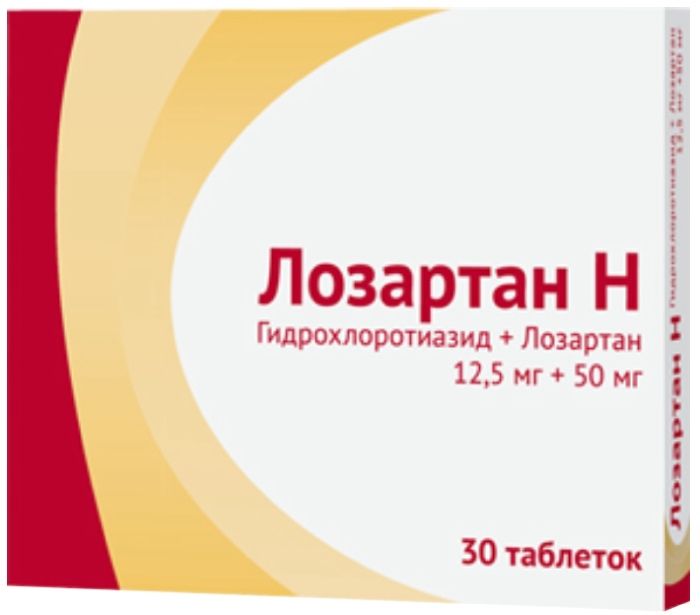
Losartan-n n pi / v 12.5 mg + 50mg film 30 pcs ozone
$3.99
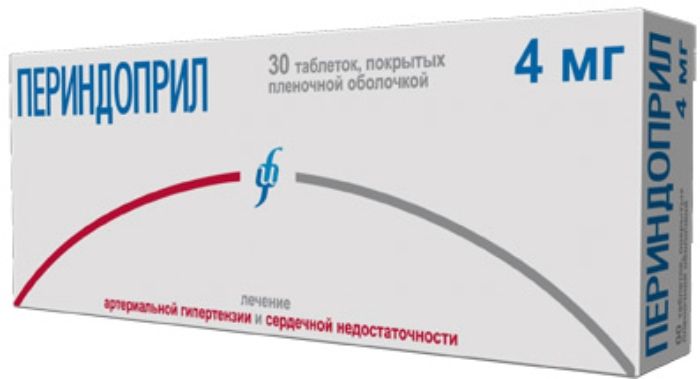
Perindopril Tab n / a film about 4mg 30 pcs Izvarino Pharma
$6.11
$1.09
Metoprolol 50mg tab, quinacrine 30 pc
SKU: 1279274489 Categories: Heart and blood vessels, High pressure, Medicaments Tags: metoprolol, QUINACRINE INN
Description
Composition
Active substance:
1 tablet contains metoprolol tartrate in terms of 100% substance – 50 mg ;.
Excipients:
Lactose monohydrate, colloidal silica, potato starch, povidone, sodium carboxymethyl starch, magnesium stearate.
Description:
Tablets white with grayish or yellowish tint, Valium, with a facet.
Product form:
Tablets of 50 mg. 10 tablets in blisters. 3 or 6, the contour of cellular packaging together with instructions for use in a stack of cardboard.
Contraindications
• Hypersensitivity to metoprolol or other ingredients, other beta-blockers; • cardiogenic shock; • atrioventricular (AV) II-III level; • sinoatrial (SA) block; • sick sinus syndrome; • bradycardia; • chronic heart failure decompensation; • Prinzmetal angina; • hypotension (in case of use in the secondary prevention of myocardial infarction – the systolic blood pressure less than 100 mmHg, a heart rate less than 45 beats / min..); • lactation (see “Pregnancy and lactation.”); • simultaneous reception ingibi tori monoamine oxidase (MAO) or simultaneous intravenous verapamil (see “Interaction with other lekarst¬vennymi means.”); • the age of 18 years (effectiveness and safety have been established); • lactose intolerance, lactase deficiency or glucose-galactose malabsorption.
CAREFULLY
Diabetes mellitus, metabolic acidosis, bronchial asthma, chronic obstructive pulmonary disease (emphysema, chronic obstructive bronchitis), obliterating peripheral vascular disease ( “intermittent” claudication, Raynaud syndrome), chronic liver and / or kidney failure, myasthenia gravis, pheochromocytoma (while applying an alpha-adrenergic blockers), AV block I degree, thyrotoxicosis, depression (including history), psoriasis, pregnancy, older age.
Dosage
50 mg
Indications
– arterial hypertension (as monotherapy or in combination with other agents); – coronary heart disease: myocardial infarction (secondary prevention – complex therapy), prevention of angina attacks; – cardiac arrhythmias (supraventricular tachycardia, ventricular premature beats); – hyperthyroidism (complex therapy); – prevention of migraine attacks.
Interaction with other drugs
• Not recommended simultaneous application with inhibitors of monoamine oxidase (MAO) due to a significant increase in hypotensive action. Treatment interruption between the intake of MAO inhibitors and metoprolol should be at least 14 days. • Simultaneous in / with the introduction of verapamil can cause cardiac arrest. • Co-administration of nifedipine results in significant reduction in blood pressure. • Means for inhalation anesthesia (derivatives of hydrocarbons) increase the risk of depression of the myocardium and development of arterial hypotension. • Beta-agonists, theophylline, cocaine, estrogens (sodium retention), indomethacin, and other non-steroidal anti-inflammatory drugs (sodium retention and blockage of prostaglandin synthesis by the kidneys) weaken hypotensive effect. • There is increased inhibitory action on the central nervous system – and ethanol; cardiodepressive summation effect – with anesthetic agents; increased risk of peripheral circulatory disorders – with ergot alkaloids. • In a joint reception with hypoglycemic agents for oral administration may reduce the effect; insulin – increasing the risk of hypoglycemia, increased its intensity and elongation, masking some symptoms of hypoglycemia (tachycardia, sweating, increased blood pressure). • When combined with antihypertensives, diuretics, nitroglycerin or blockers “slow” calcium channels may develop sharp decrease in blood pressure (special caution is required in combination with prazosin); increase expression of deceleration of heart rate and depression of atrioventricular conduction – the application of metoprolol with verapamil, diltiazem, antiarrhythmics (amiodarone), reserpine, methyldopa, clonidine, guanfacine, means for general anesthesia and cardiac glycosides. • If you are taking metoprolol and clonidine concurrently, the cases of metoprolol, clonidine overturned in a few days (due to the risk of the syndrome of “cancellation”). • Inductors microsomal liver enzymes (rifampicin, barbiturates) lead to increased metabolism of metoprolol, to a reduction of its plasma concentration and reducing effect. Inhibitors (cimetidine, oral contraceptives, phenothiazines) – metoprolol increase the concentration in plasma. • allergens used for immunotherapy or allergen extracts for skin samples when combined with metoprolol, increase the risk of systemic allergic reactions or anaphylaxis; iodine-containing contrast media for the on / in the increase the risk of anaphylactic reactions. • Reduces clearance of xanthine (except dyphylline), especially with the initially increased clearance of theophylline under the influence of smoking. It reduces the clearance of lidocaine, increases the concentration of lidocaine in the blood plasma. • Enhances and prolongs the effect of muscle relaxants antidepolyarizuyuschih; It extends the anticoagulant effect of coumarin. • When combined with ethanol increases the risk of significant decrease in blood pressure.
Overdose
Symptoms: expressed severe sinus bradycardia, dizziness, nausea, vomiting, cyanosis, marked reduction in blood pressure, arrhythmia, ventricular premature beats, bronchospasm, fainting, in acute overdose – cardiogenic shock, loss of consciousness, coma, atrioventricular block (up to the full development of cross blockade and cardiac arrest), kardialgiya. The first signs of overdose manifested after 20 minutes – 2 hours after dosing.
Treatment: gastric lavage and reception of absorbent; Symptomatic therapy: In marked decrease in blood pressure – the patient must be in the Trendelenburg position; in the event of excessive reduction in blood pressure, bradycardia and heart failure – in / at intervals of 2-5 min, beta-adrenergic agonist – to achieve the desired effect or / 0.5-2 mg atropine sulfate. If no positive effect – dopamine, dobutamine or norepinephrine (noradrenaline).
As a follow up, possibly administration 1-10 mg glucagon installation transvenous intracardial elektro¬stimulyatora. If bronchospasm should be entered in / beta2-agonists. Metoprolol poorly displayed by hemodialysis.
pharmachologic effect
Pharmacological group:
Beta1-selective blocker.
Pharmacodynamics:
Metoprolol relates to a cardioselective beta-adrenoceptor blockers not possessing intrinsic sympathomimetic activity and membrane stabilizing properties. It possesses antihypertensive, antianginal and antiarrhythmic action. Blocking in low doses beta1-adrenergic receptors of the heart, stimulated by catecholamines reduces the formation of cAMP from ATP, reduces intracellular calcium ion current has a negative chronotropic, dromo-, BATM and inotropic effect (slows the heart rate (HR), inhibits conduction and excitability. reduces myocardial contractility).
Total peripheral resistance in early use of beta-blockers (the first 24 h after ingestion) – increases (as a result of reciprocal increase in the activity of alpha-adrenoceptor stimulation and removal of beta2-adrenoceptor), which is 1-3 days returns to the original, and prolonged application – is reduced. Hypotensive effect due to a reflex reduction in cardiac output and synthesis of a renin inhibition of the renin-angiotensin-aldosterone system (higher in patients with initial hypersecretion renin) and central nervous system, reduction of baroreceptor sensitivity of the aortic arch (not going to increase their activity in response to a decrease blood pressure) and, as a result, a decrease in peripheral sympathetic influences. Reduces high blood pressure (BP) at rest, physical exertion and stress.
The hypotensive effect develops rapidly (systolic blood pressure is reduced after 15 min, the maximum – after 2 hours) and lasts for 6 hours and diastolic blood pressure changes slower: a steady decline is observed after several weeks of continuous administration.
Antianginal effect is determined by a reduction of myocardial oxygen demand as a result of heart rate deceleration (elongation diastole and improving myocardial perfusion) and contractility and decreased sensitivity to the effects of myocardial sympathetic innervation. It reduces the number and severity of angina attacks and increases exercise tolerance. Antiarrhythmic effect is due to the elimination of arrhythmogenic factors (tachycardia, increased sympathetic nervous system activity, increased cAMP levels, hypertension), decrease the rate of spontaneous excitation of the sinus and ectopic pacemakers and slowing atrioventricular (AV) conduction (preferably antegrade and to a lesser extent, in retrograde direction) through the AV node and additional routes.
If supraventricular tachycardia, atrial fibrillation, sinus tachycardia with functional heart disease and hyperthyroidism, slows heart rate, and may even lead to the restoration of sinus rhythm.
It prevents the development of migraine. When applied in high therapeutic doses, unlike nonselective beta blockers, it has a less pronounced effect on organs containing beta 2-adrenoreceptors (pancreas, skeletal muscles, smooth muscles of peripheral arteries, bronchial and uterine) and carbohydrate metabolism. When used in large doses (over 100 mg / day) has a blocking effect on both beta-adrenoceptor subtype.
Pharmacokinetics:
Absorption ingestion complete (95%). Maximum plasma concentration is achieved 1-2 hours after ingestion. The half-life averages 3.5 hours (ranging from 1 to 9 hours). Undergoes extensive first-pass metabolism, bioavailability was 50% when the first reception and increases to 70% when repeated application. Food intake increases the bioavailability of 20-40%. Metoprolol increased bioavailability in liver cirrhosis. Communication with plasma proteins – 10%. Penetrates the blood-brain and placental barriers. Passes into breast milk in small quantities. It is metabolized in the liver, 2 metabolite possess beta adrenoblokiruyuschey activity. The metabolism of the drug is involved isozyme CYP2D6. About 5% is excreted unchanged by the kidneys. Treatment of patients with impaired renal function does not require dose adjustment of the drug. Abnormal liver function slows the metabolism of the drug, and in cases of liver failure, the dose should be reduced by formulation. It is not removed by hemodialysis.
Pregnancy and breast-feeding
During pregnancy, taking into account the prescribed ratio of benefits to the mother and the risk to the fetus (in connection with the development of fetal bradycardia, hypotension, hypoglycemia). In this case, careful monitoring, especially in the development of the fetus. It is necessary to watch for newborns for 48-72 hours after delivery. Influence of metoprolol on the newborn, breastfeeding is not known, so women taking metoprolol-Akrikhin should stop breastfeeding.
Conditions of supply of pharmacies
On prescription.
side effects
Central nervous system: fatigue, weakness, headache, slowing of mental and motor responses. Rarely – paresthesia in the extremities (in patients with “intermittent” claudication and Raynaud’s syndrome), depression, anxiety, decreased alertness, somnolence, insomnia, “nightmarish” dream, confusion, or short-term memory impairment, muscle weakness. From the sensory organs: rarely – decreased vision, decreased secretion of tear fluid, dryness and soreness of the eyes, conjunctivitis, tinnitus.
With the cardiovascular system: sinus bradycardia, heart rate, lowering blood pressure, orthostatic hypotension (dizziness, sometimes loss of consciousness). Rarely – decrease of myocardial contractility, temporary aggravation of symptoms of chronic heart failure (edema, swelling of the feet and / or bottom drumsticks, dyspnea), arrhythmias, vasoconstriction expression (increased peripheral circulatory disorders, cooling of the lower extremities, Raynaud syndrome), impaired myocardial conduction. From the digestive system: nausea, vomiting, abdominal pain, dry mouth, diarrhea, constipation, change in taste. For the skin: urticaria, itching, rash, exacerbation of psoriasis, psoriasiform skin reactions, skin redness, rash, photodermatosis, increased sweating, reversible alopecia. The respiratory system: nasal congestion, difficulty exhaling (bronchospasm when administered at high doses – a loss of selectivity and / or in predisposed patients), dyspnea. From the Endocrine: hypoglycemia (in patients receiving insulin), rarely – hyperglycemia (in patients with insulin-dependent diabetes mellitus). Laboratory findings: rare – thrombocytopenia (unusual bleeding and hemorrhage), agranulocytosis, leukopenia, increased activity of “liver” enzymes, is extremely rare – hyperbilirubinemia. Effect on the fetus: possible intrauterine growth retardation, hypoglycemia, bradycardia. Other: pain in the back or joints, as with all beta-blockers in rare cases may cause a slight increase in body mass, decreased libido and / or potency.
special instructions
• Monitoring of patients taking beta-blockers, including regular monitoring of heart rate (HR) and blood pressure, blood glucose in diabetic patients. If necessary, for diabetics, insulin or hypoglycemic agents administered orally, should be selected individually. • should teach the patient heart rate counting procedure and the need to instruct a medical consultant tation with heart rate less than 50 beats / min. When receiving doses greater than 200 mg per day decreases cardioselective. • In heart failure, treatment with metoprolol begin only after the compensation stage. • Intensifying pronounced Nosta hypersensitivity reactions (with aggravated allergic history) and the lack of effect of the introduction of the usual doses of epinephrine (adrenaline). • Can exacerbate symptoms of peripheral arterial krovo¬obrascheniya. • Abolition of the drug was gradually reducing the dose for 10 days. • a dramatic treatment may occur syndrome “cancellation” (gain strokes, high blood pressure). • Special attention must be paid to remove the drug treatment of angina. • When angina dose chosen should provide the heart rate at rest within 55-60 beats / min, with a load – not more than 110 beats / min. • Patients who use contact lenses should bear in mind that during treatment with beta-blockers may reduce the production of tear fluid. • Metoprolol may mask some of the clinical manifestations of hyperthyroidism (e.g., tachycardia). Abrupt withdrawal in patients with hyperthyroidism contraindicated because the symptoms can increase. • In diabetes may mask tachycardia caused by hypoglycemia. In contrast, nonselective beta-blockers practically no increase insulin-induced hypoglycemia and delay recovery of blood glucose to normal levels. • If desired destination patients with asthma as a concomitant therapy using beta2-agonists; in pheochromocytoma – alpha-blockers. • When the need for surgical intervention Cesky must notify the anesthesiologist of the therapy (the drug of choice for general anesthesia with minimal negative inotropic effects), withdrawal of the drug is not recommended. • Formulations reduce stocks catecholamines (e.g., reserpine), may enhance the action of beta-blockers, so patients taking drugs such combinations should be under constant medical supervision for detecting excessive reduction in blood pressure and bradycardia. • Elderly patients are advised to regularly monitor liver function. • correction dosing regime is required only in the case of elderly patients increasing bradycardia (less than 50 beats / min), pronounced decrease in blood pressure (systolic blood pressure below 100 mm Hg. V.), Atrioventricular block, bronchospasm, ventricular arrhythmias, severe disturbances of function liver, it is sometimes necessary to discontinue treatment. • Patients with severe renal impairment is recommended to monitor renal function. • There should be a special monitoring of patients with depressive disorders, receiving metoprolol; in the case of depression, caused by taking beta-blockers, it is recommended to discontinue therapy. • Due to the lack of sufficient clinical data product is not recommended for use in children.
The effect on the ability to drive and difficult technique
Early treatment with metoprolol patients can experience dizziness, fatigue. В этом случае они должны воздержаться от вождения автотранспорта и занятий потенциально опасными видами деятельности, требующими повышенной концентрации внимания и быстроты психомоторных реакций. В дальнейшем определение безопасности дозы осуществляется индивидуально.
Storage conditions
In a dry, dark place at a temperature not higher than 25 ° C.
Keep out of the reach of children.
Dosing and Administration
Таблетки принимают внутрь во время или сразу после приема пищи, не разжевывают, запивают небольшим количеством жидкости. Arterial hypertension. Начальная суточная доза составляет 50-100 мг в 1-2 приема (утром и вечером). При недостаточном терапевтическом эффекте суточная доза может быть постепенно увеличена до 100-200 мг и/или дополнительное назначение других антигипертензивных средств. Максимальная суточная доза 200 мг.
Стенокардия, аритмии, профилактика приступов мигрени. 100-200 мг в сутки в два приема (утром и вечером).
Вторичная профилактика инфаркта миокарда. 200 мг в сутки в два приема (утром и вечером).
Hyperthyroidism. По 50 мг 2 раза в сутки (утром и вечером).
У пожилых больных, при нарушениях функции почек, а также при необходимости проведения гемодиализа дозу не изменяют. При нарушениях функции печени дозу препарата следует снизить в зависимости от клинического состояния.
Information
Appearance may differ from that depicted in the picture. There are contraindications. You need to read the manual or consult with a specialist
Additional information
| Weight | 0.100 kg |
|---|---|
| Manufacturer | QUINACRINE INN |

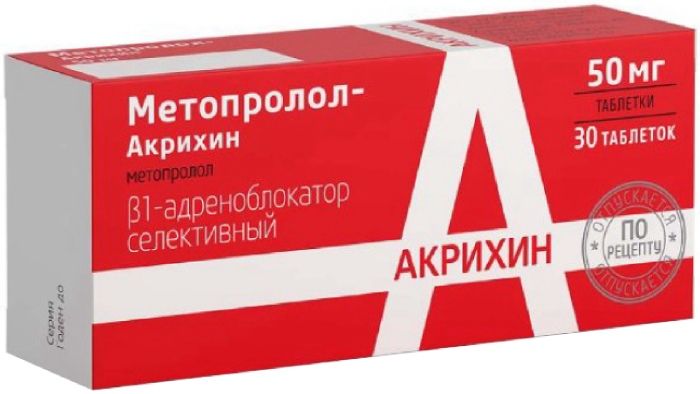
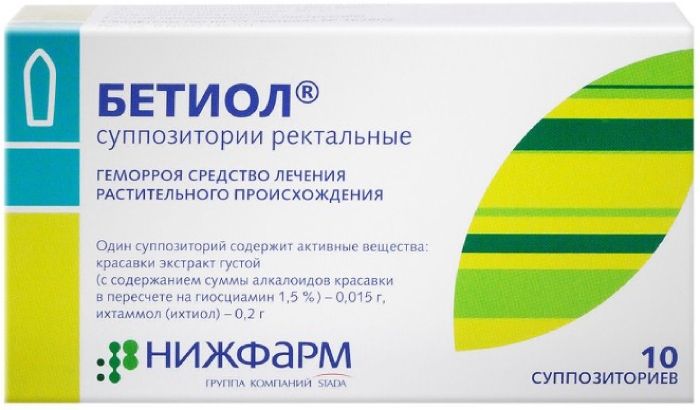
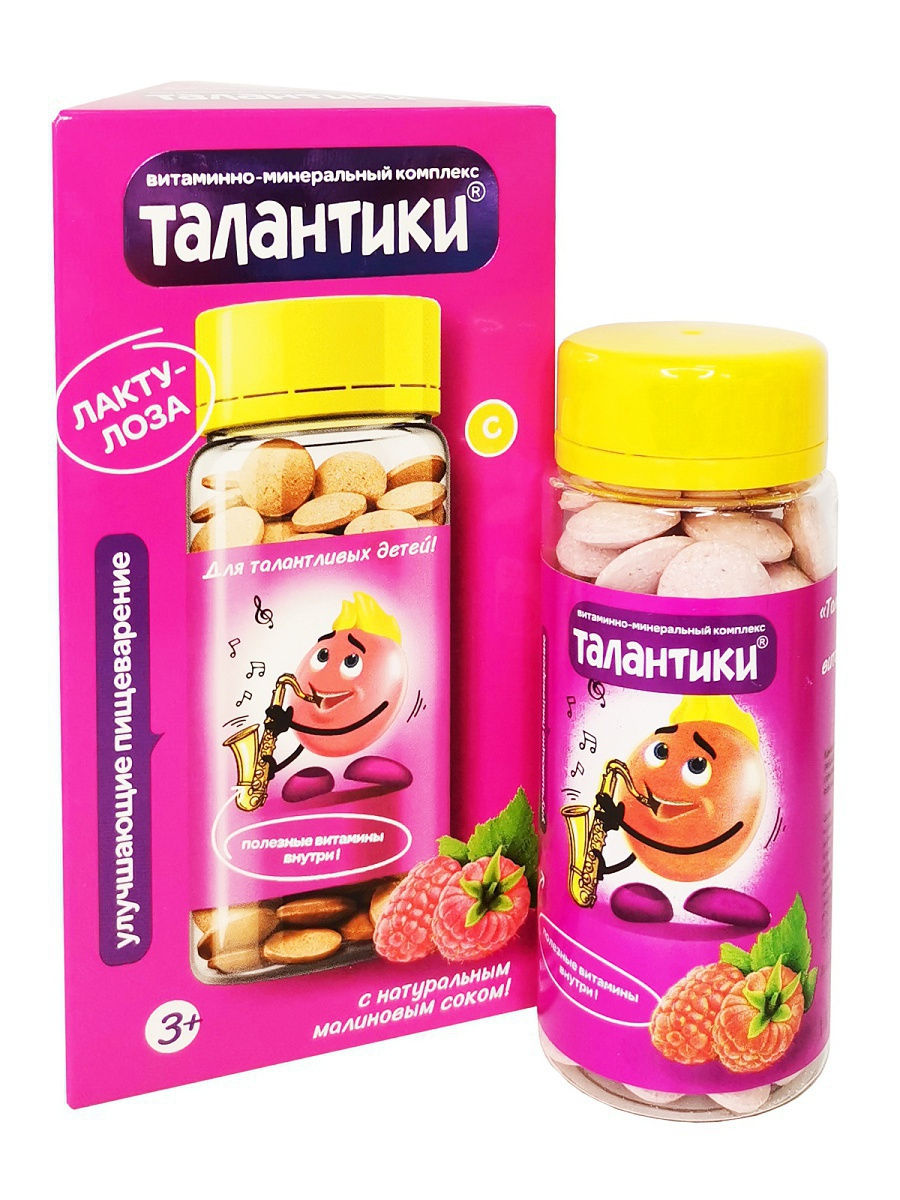
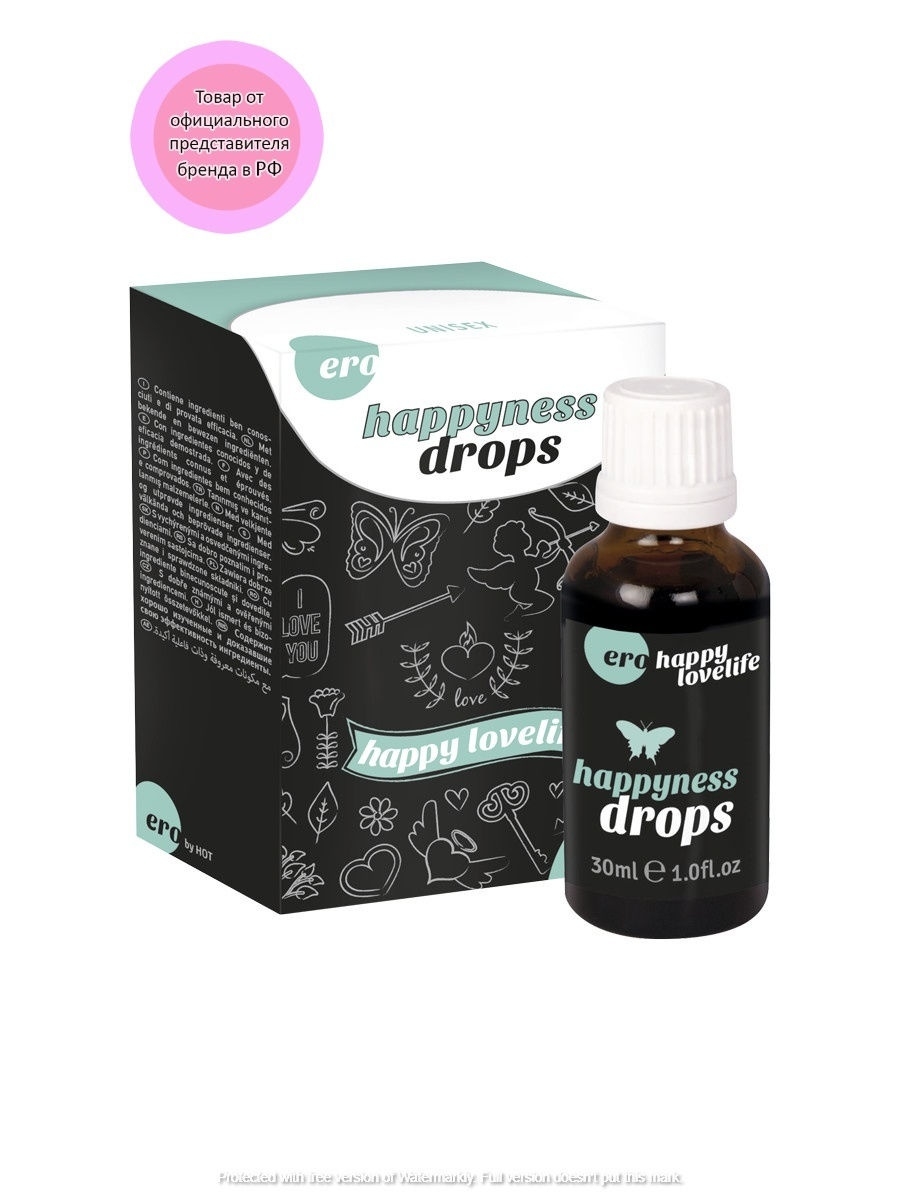
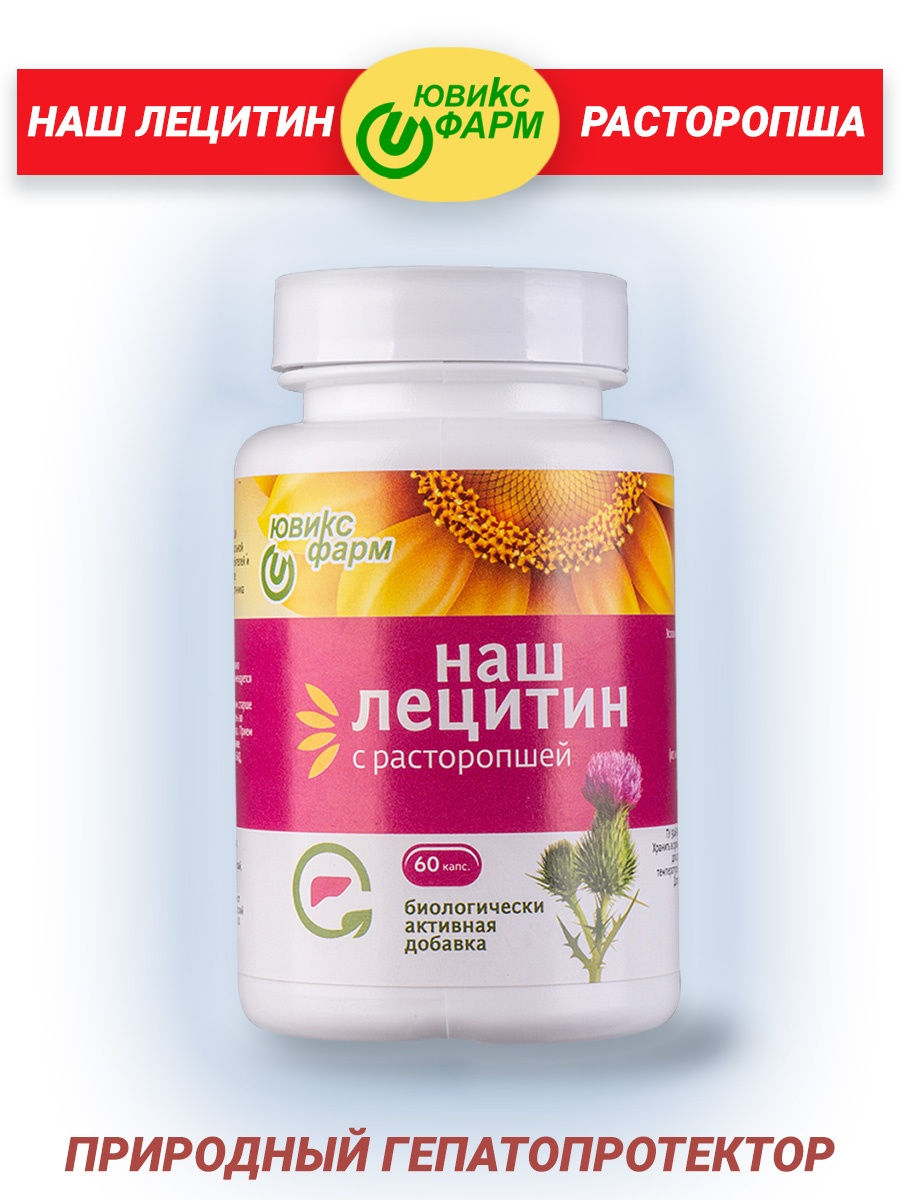
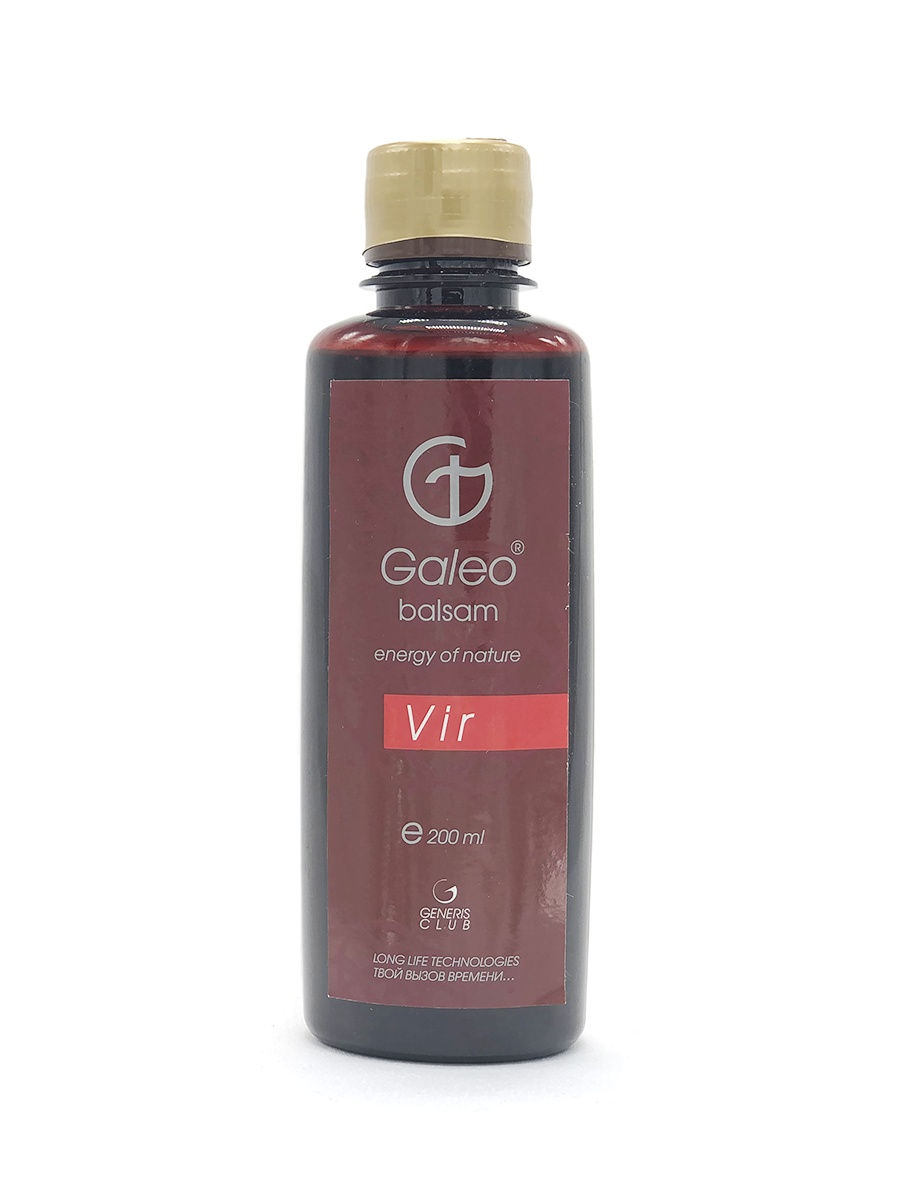
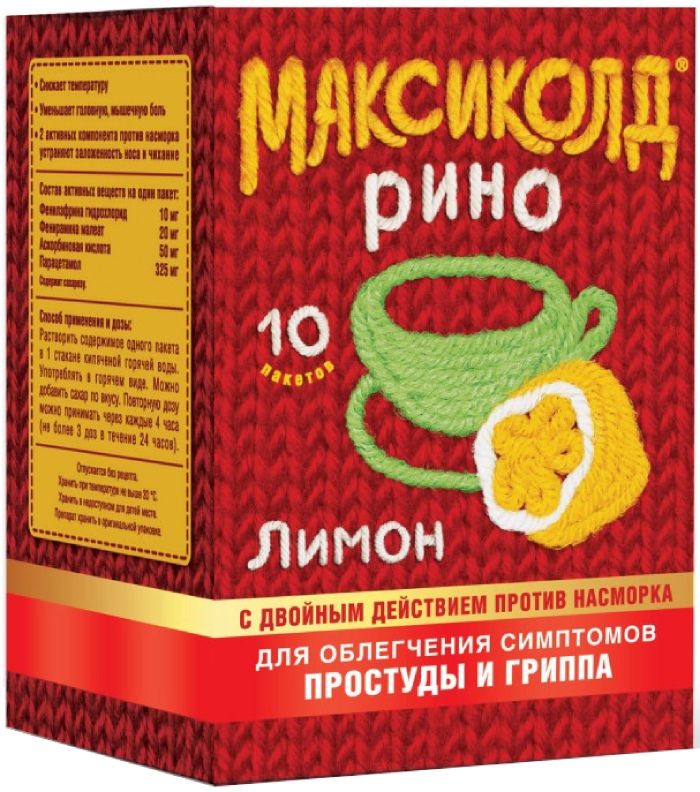




There are no reviews yet.